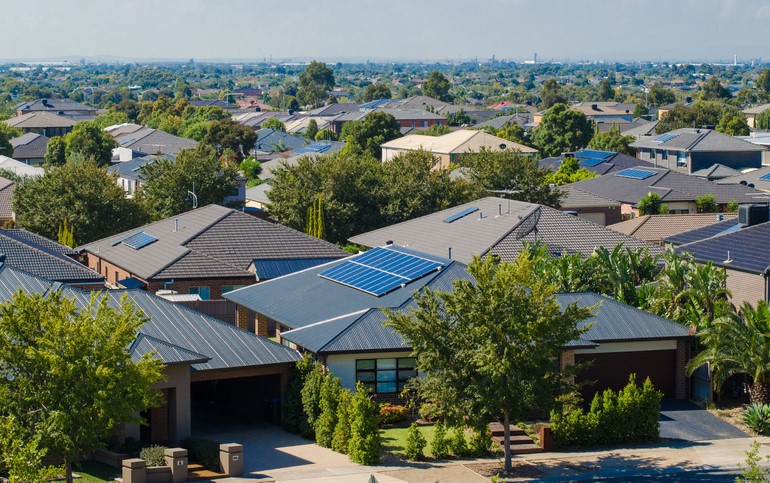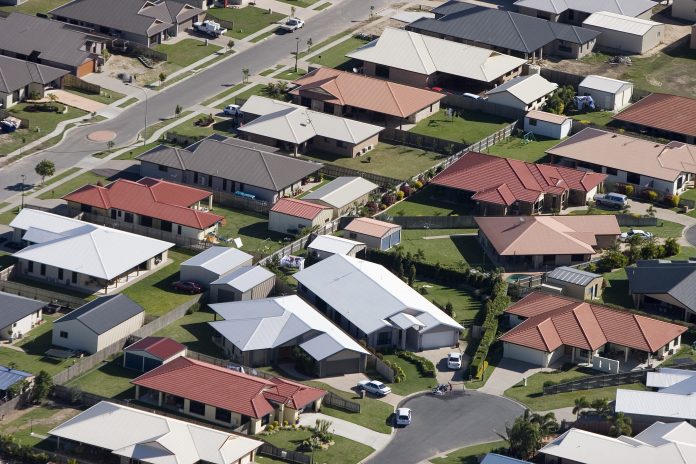The Reserve Bank has shifted gears again and raised interest rates by 25 basis points following a pause last month.
The return to hiking in May follows still-high inflation data that, while easing, was not enough to convince the board to keep the cash rate on hold for the second month in a row.
The increase brings the cash rate to 3.85 per cent, its highest level since April 2012.
“Inflation in Australia has passed its peak, but at seven per cent is still too high and it will be some time yet before it is back in the target range,” RBA Governor Philip Lowe said.
“Given the importance of returning inflation to target within a reasonable time frame, the board judged that a further increase in interest rates was warranted today.”
Further increases to the cash rate have not been ruled out.
“Some further tightening of monetary policy may be required to ensure that inflation returns to target in a reasonable time frame, but that will depend upon how the economy and inflation evolve,” Mr Lowe said.
The Reserve Bank board opted to leave the cash rate unchanged in April in recognition that the full weight of interest rates were yet to be felt and it needed more time to see how higher rates were playing out.

The board has since ingested the quarterly consumer price index, which fell from 7.8 per cent annual growth in the December quarter to seven per cent in the March quarter.
Despite coming off its peak, inflation remains more than double the top of the RBA’s target of two to three per cent and rent, energy and other inflation sources are showing few signs of easing.
Plus, the labour market is still tight, home prices are picking up and the business sector remains resilient.
Despite the RBA board leaving the door open to more hikes, NAB chief economist Alan Oster said interest rates would likely peak at 3.85 per cent.
Mr Oster told ABC News the hike came as a surprise in light of falling inflation and easing consumption patterns that would likely be on display again in Wednesday’s retail sales data.
He said households would be able to withstand rate hikes but it would curb spending.
“So that will generate an even worse economic outcome than what we’re currently looking at,” he said.





